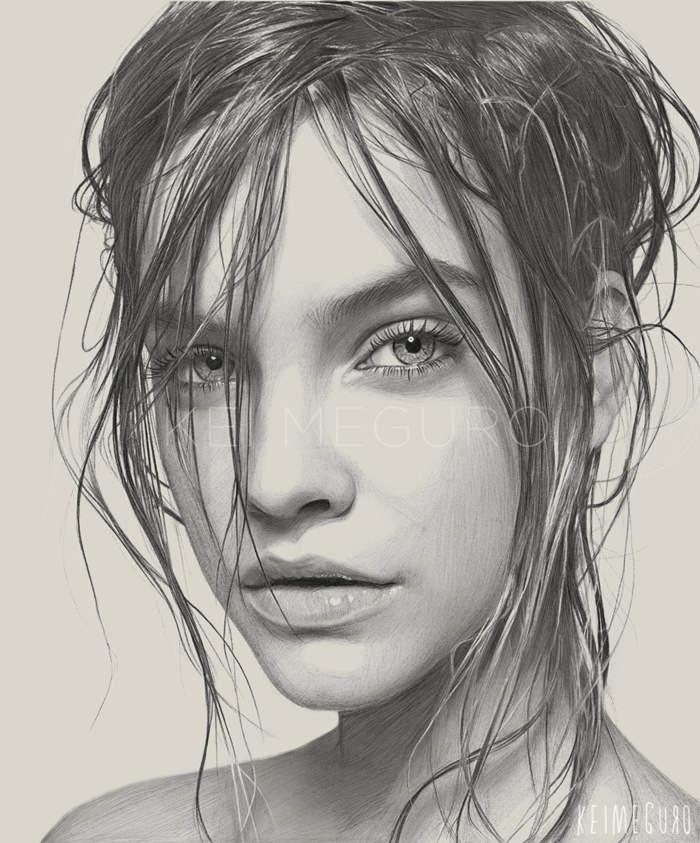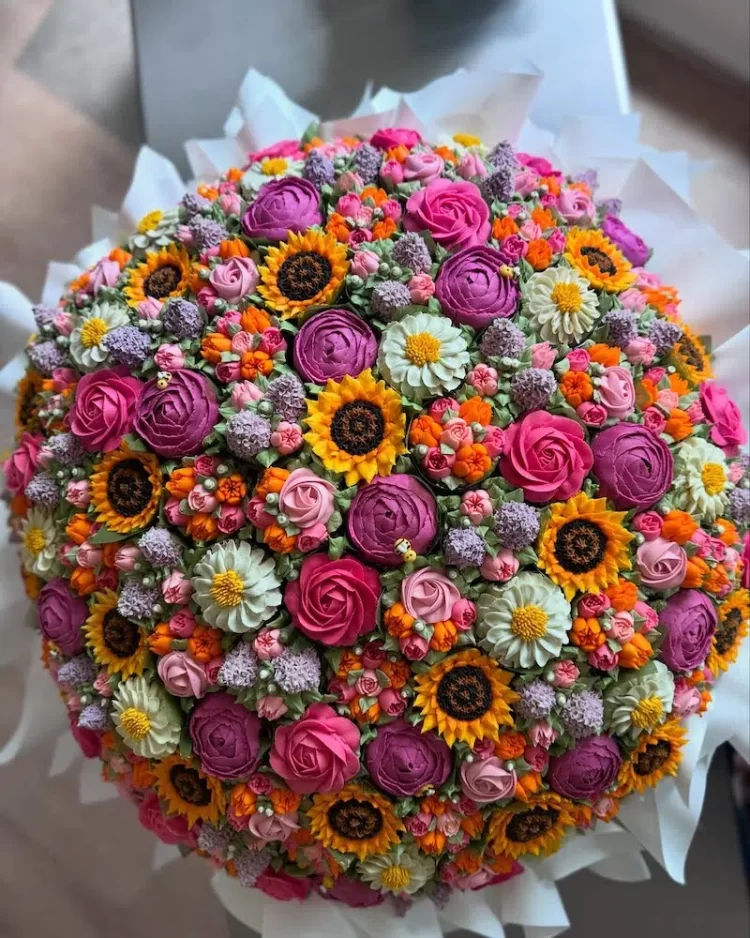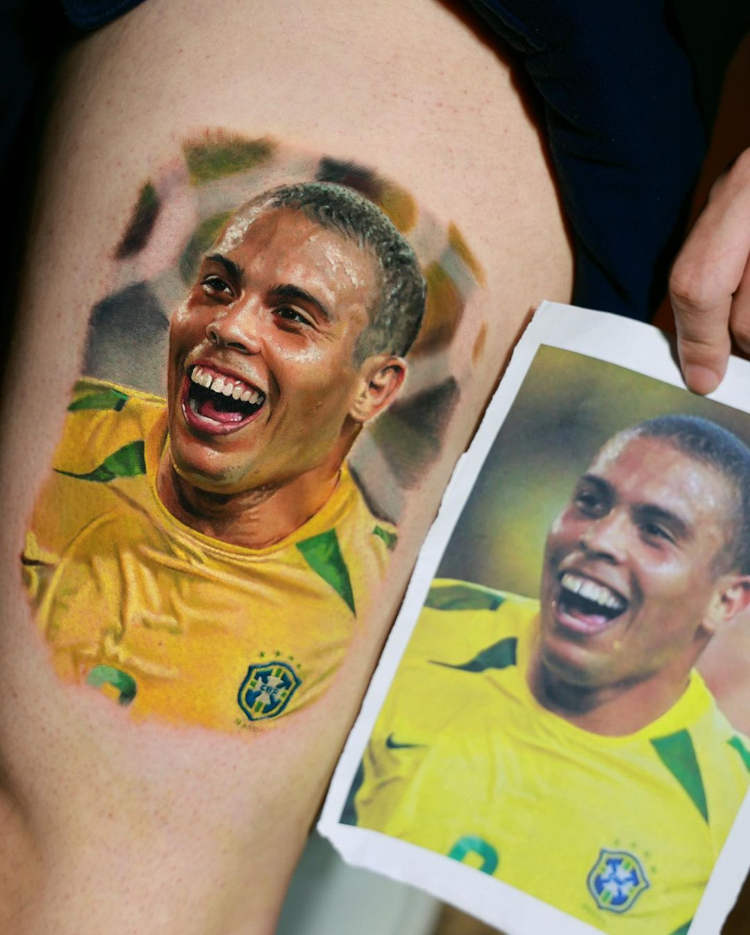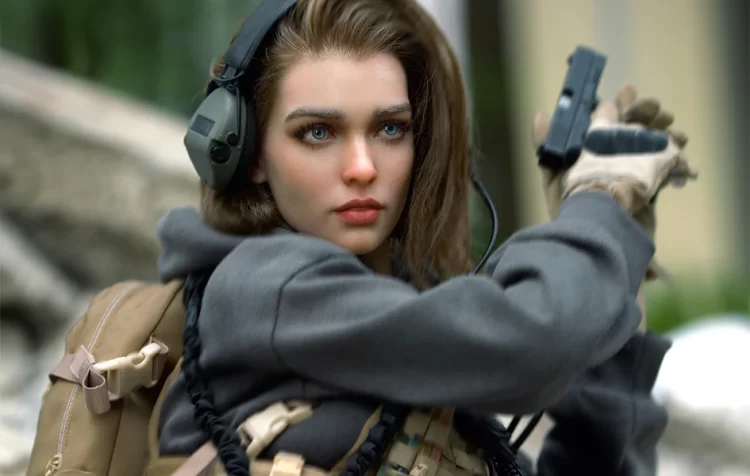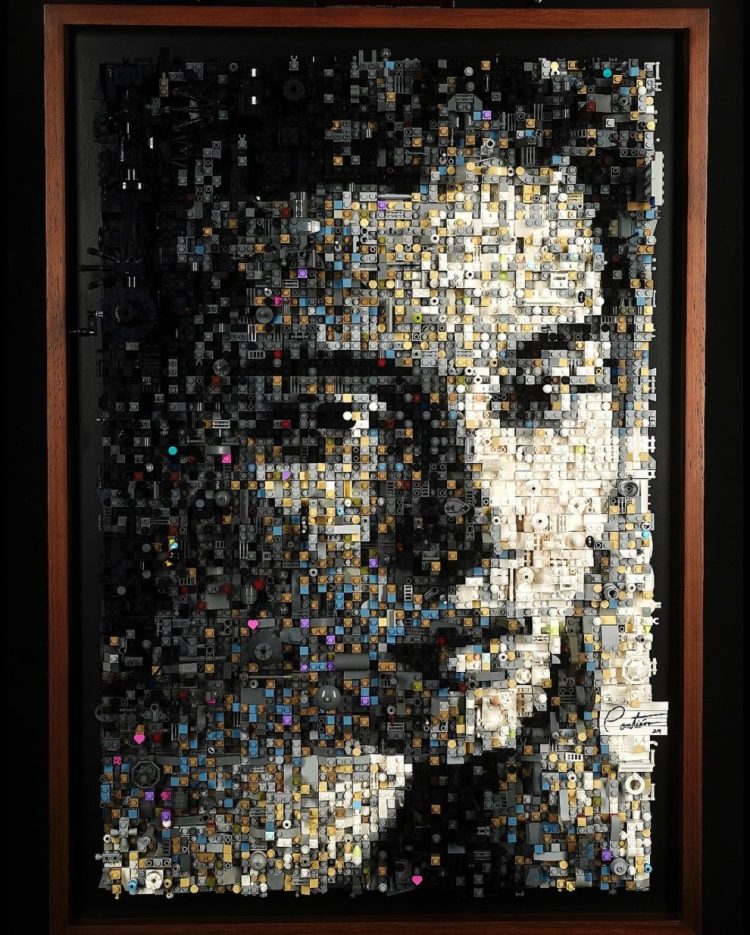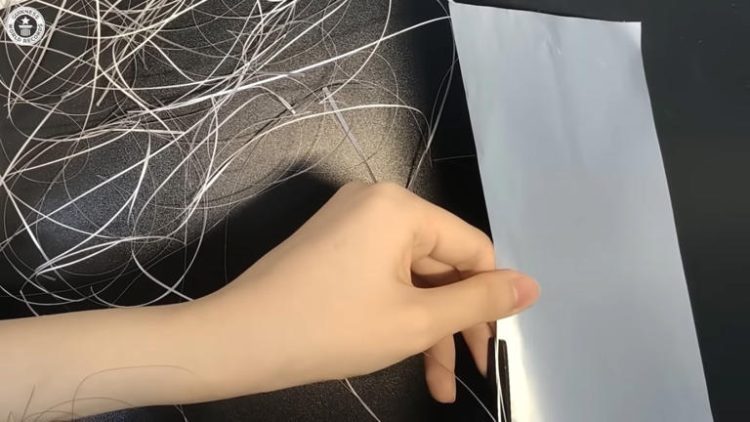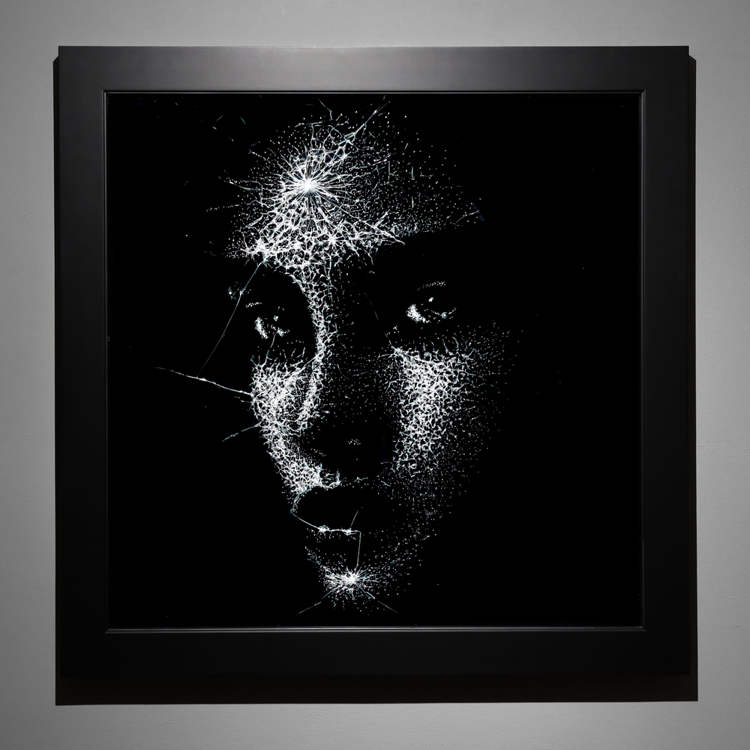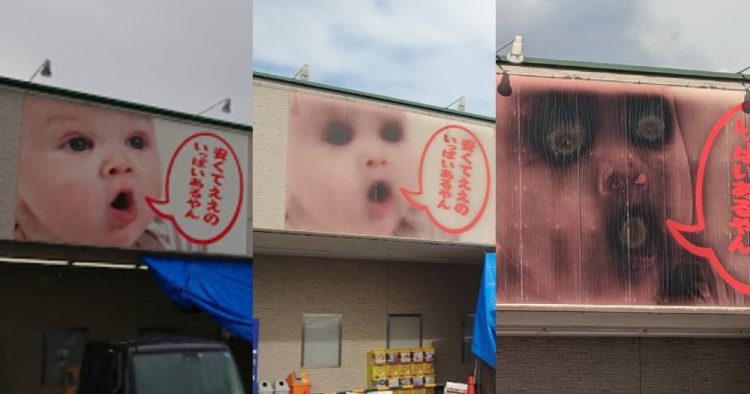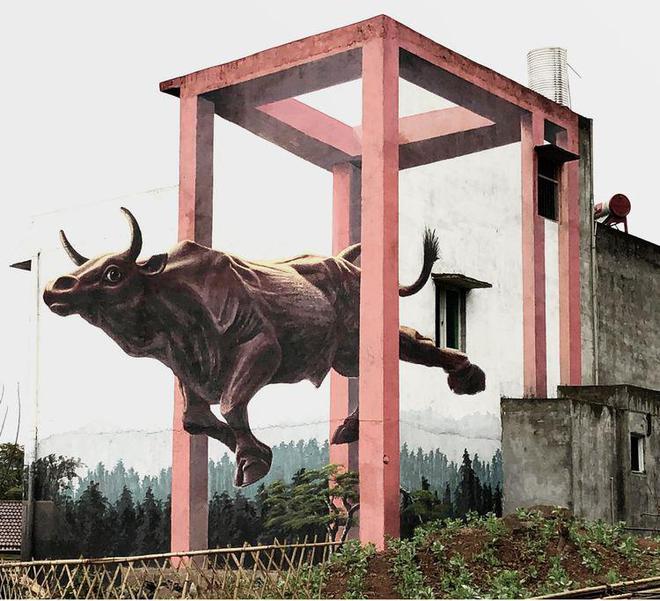Peter Bulow, a psychiatrist from Washington Heights, is just like any other New Yorker – he spends a chunk of his day commuting on the Subway. But unlike others who tend to doze off or are busy on their smartphones, Bulow prefers doing something much more creative and artistic – he sculpts. He has actually managed to convert the A-train into his own personal studio and his fellow commuters, into models. Armed with a blob of clay and a sculpting knife, he picks a subject and creates miniature busts of them. His completed works are usually stored in his violin case. Among several sculptures, you can find things like a school-girl on her way to a violin lesson, a macho guy with headphones, a couple snuggling, a woman wearing a fur collar, a few sporting dreadlocks and turbans.
Bulow started his unique Subway pastime about four years ago. “I had a long commute to work, so I thought it would be a good time to practice sculpting portraits,” the 52-year-old says. He has degrees in clinical psychiatry and art, and is a researcher at Columbia University. Not only is he an artist and a psychiatrist, but an immigrant and the son of Holocaust survivors. Born in India to a German father and Hungarian mother, Bulow’s sculpting days go far back into his childhood in Berlin when his uncle took him to the zoo and he made clay lions. Before his son Isaac was born, he would go to a stone carving studio after work. But now, he does it to and from work. So far, he has completed over 400 sculptures and he views them as portraits that help him “capture a moment in time.” Bulow feels a live connection with his subjects, especially because he has a fascination for people’s inner lives. He is so deeply moved by his art that he says, “When you look at a sculpture you feel all these emotions, but it’s not the sculpture that’s doing it; it’s you. It interests me how art affects the brain.” In fact, he is so much into sculpting miniature busts that he is writing a book in which he is attempting to connect all the portraits he’s made with his research in neuroesthetics (how the brain interprets music and art).

Photo: Ruth Fremson/The New York Times
Bulow’s backpack is always full with blobs of clay. He begins his work by first kneading a fist-sized ball, looking out for potential subjects in the meantime. As soon as he spots an interesting-looking face, he has to begin sculpting immediately, because there’s always the chance that his model might get off at the next stop. Bulow finds the whole process very exciting. “Sometimes, I’m standing up on a crowded train, balancing the clay and a bicycle while I work.” But he is able to work quickly, more often than not. Features emerge in no time at all – a pointed nose, a baby in its mother’s arms, or a man with his newspaper. When he’s working, most of the time no one can tell what he’s doing because the clay is so small. Even when they do find out, people don’t seem to mind having their portraits made. “I meet all kinds of people and it’s usually pretty positive,” he says. “It’s like a cross-section of New York.” There was this one time, though, when a commuter insisted on smelling the clay to make sure that Bulow didn’t have plastic explosives on him. “One guy on a train attacked me, but I wasn’t sculpting him. He was wearing Army fatigues and was in a wheelchair with an American flag sticking out of the back. For some reason, he thought the clay was plastic explosives. He eventually grabbed my hand and stuffed some of it in his nose.”

Photo: New York Daily News
The shrink who actually shrinks heads into clay portraits is getting to be quite popular around the city. Recently, the City Parks Department had opened an outdoor display for Bulow’s work. It was titled “Passing Glances” and located at Fort Tryon Park. According to Jennifer Lantzas, the public art coordinator for the Parks Department, “He has such a treasure trove of these portraits, so we wanted them displayed on the promenade almost like a flip-book. He pays so much attention to what’s going on in the subway, while the rest of us try to zone out.” The exhibit was on in June this year, for which Bulow enlarged 13 of his favorite sculptures to sit at 190th Street, near the park entrance. For now, it looks like Bulow is never going to tire of his commuting activity. “I sit on the train sometimes and wonder who these people are,” he says. “I’m sure a lot are going through incredible struggles – maybe psychosis, maybe financial ruin, and you can’t see it in their faces.” He admits that, “The human mask is forged iron. There’s something fascinating about trying to sculpt other people but ultimately, you can’t do it. Even if I did the same person all my life, the same portrait over and over, I would never really get them. That’s what’s fascinating about it.”
Sources: NY Times, New York Daily News

